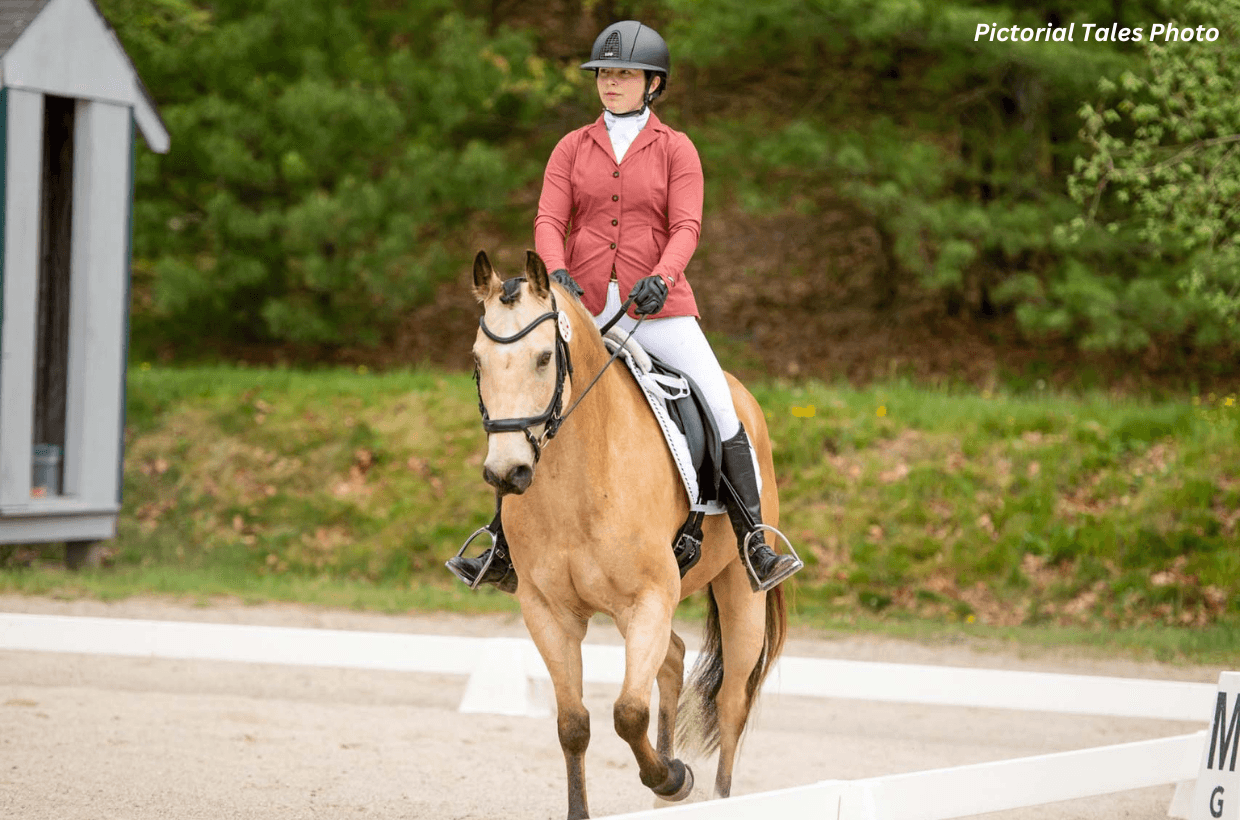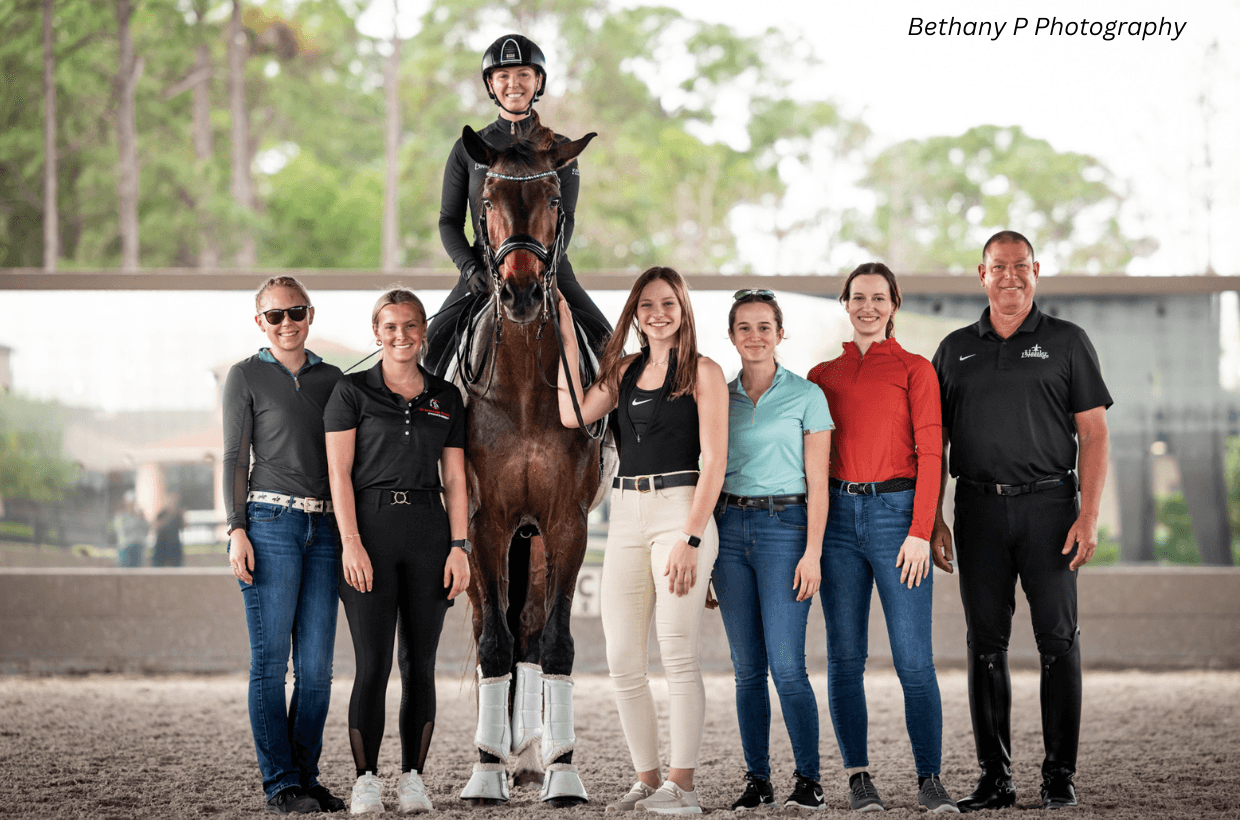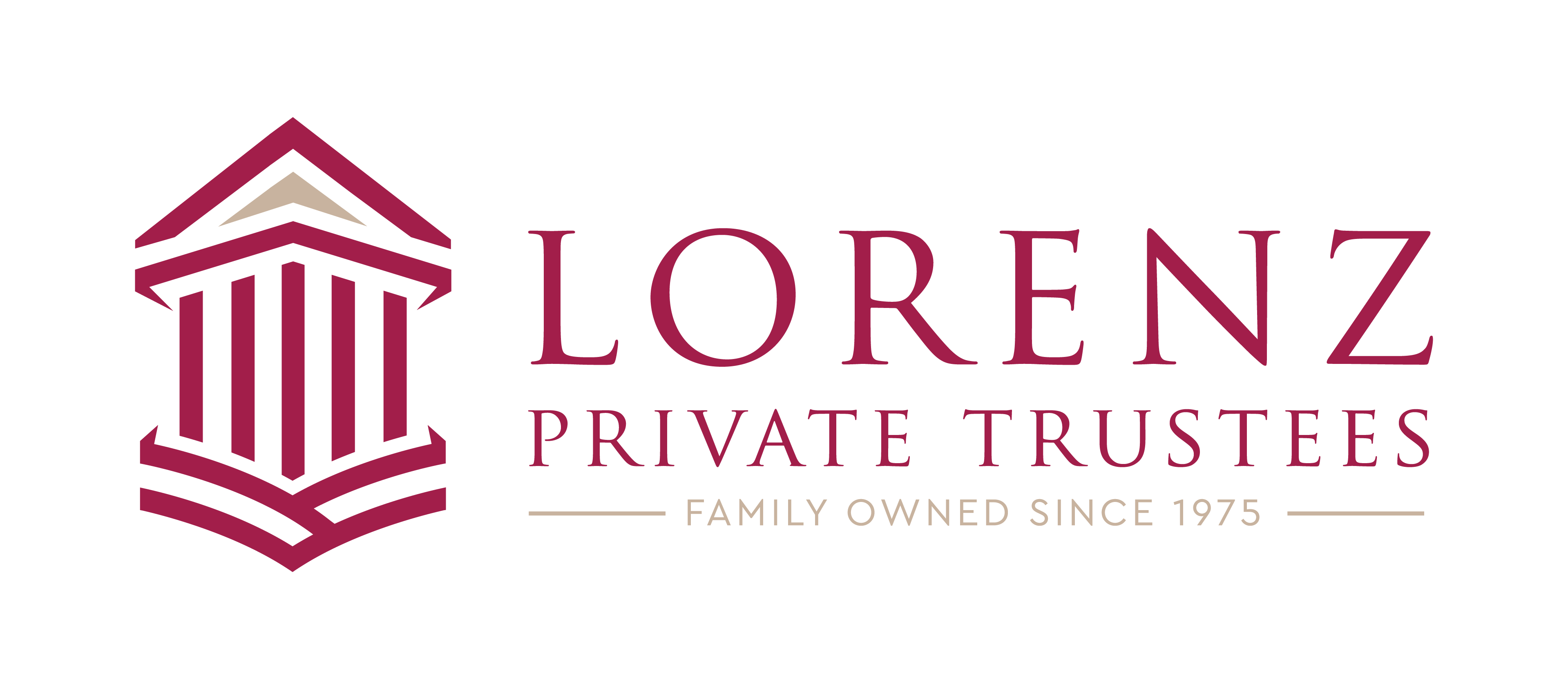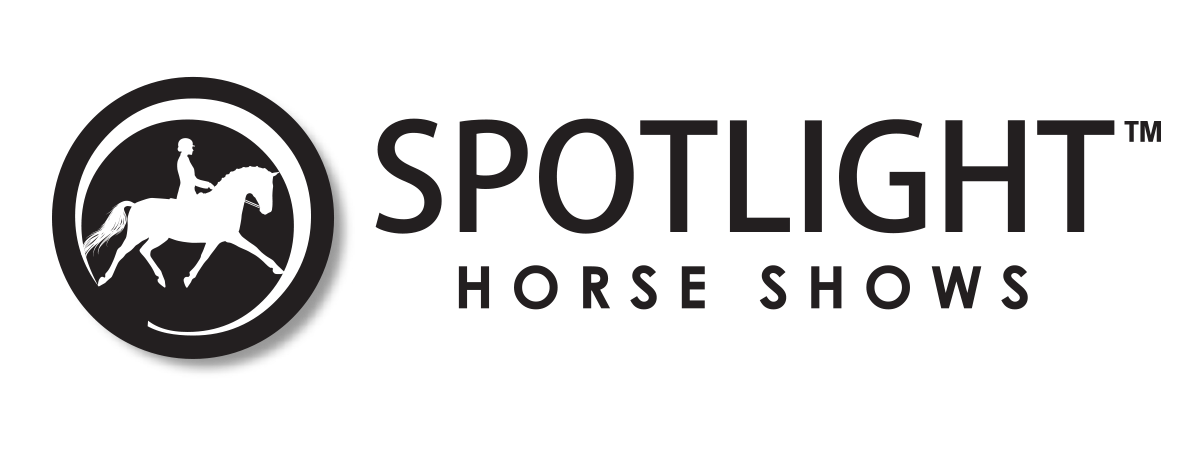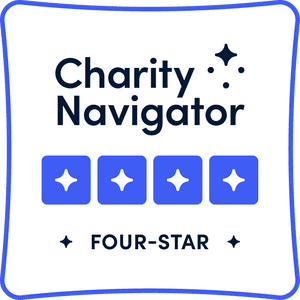2019 Maryal and Charlie Barnett Continuing Education Grants for Dressage Instructors Recipient: Erin Miles
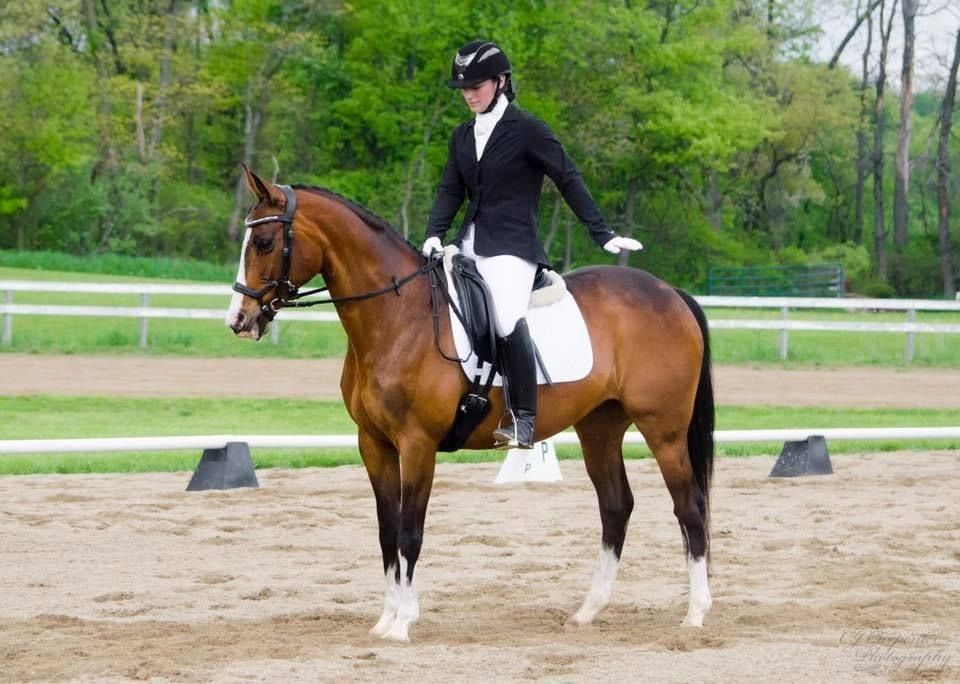
Photo credit: CJ Carpenter Photography
Thanks to TDF’s Maryal and Charlie Barnett Continuing Education for Instructors Grant, I had the privilege of attending the USDF Instructor Trainer Program workshops. The workshops included three rigorous weekends focusing on the trainers’ betterment and education. We had the opportunity to brush up on our evaluation skills of the horse and rider, learn new teaching and training techniques, and learn more about the proper lunging of the horse.
My take-aways from the Instructor Trainer Program are:
- Focus on the Training Scale
- Safety comes first
- Communication and consistency are key
Workshop 1: Riding
The first weekend helped drive home just how important it is to be a soft, feeling rider; we don’t always get to choose the horses we ride.
Being equipped with the knowledge of evaluating a new horse’s way of going is essential:
- How old is the horse?
- What is his confirmation like?
- What is his natural disposition?
- Does he have any maintenance done?
- Does he have any previous injuries?
- Does the tack fit properly?
- What’s his normal training regimen?
After observation and assessment of all three gaits, it’s important to develop appropriate training exercises according to the Training Scale and the horse’s capabilities.
Workshop 2: Teaching
We learned about proper evaluation of a horse and rider, which is essential to finding where there is a weakness and how to address it. Lessons have phases – warm-up, working, and cool down. Evaluation happens during the warm-up:
Rider evaluation:
- Do they have proper alignment?
- Does the saddle fit them? If not, find out why.
- What’s their day job?
- Do they have any injuries or restrictions?
Horse evaluation:
- Which side is hollow or stiff?
- Are all three gaits true?
- Does the tack fit the horse?
Create a training plan based on your evaluation and be willing and ready to change your plan when it doesn’t go perfectly. Always have an open dialogue with a student, encourage them to ask questions, and, finally, leave them with homework until their next lesson.
Workshop 3: Lunging
Once again, the Training Scale was home base for evaluation and a training plan. Building on the previous training weekends, we evaluated horse and rider, coming up with a lesson plan for the pair. After the lesson, the rider is given homework for bettering her seat and the horse’s way of going.
The USDF Instructor Trainer Program encourages safety first, continuing your education, and FOLLOWING THE TRAINING SCALE!
I will be forever thankful for the financial support The Dressage Foundation has provided. Without it, I wouldn’t have been able to attend this program.

